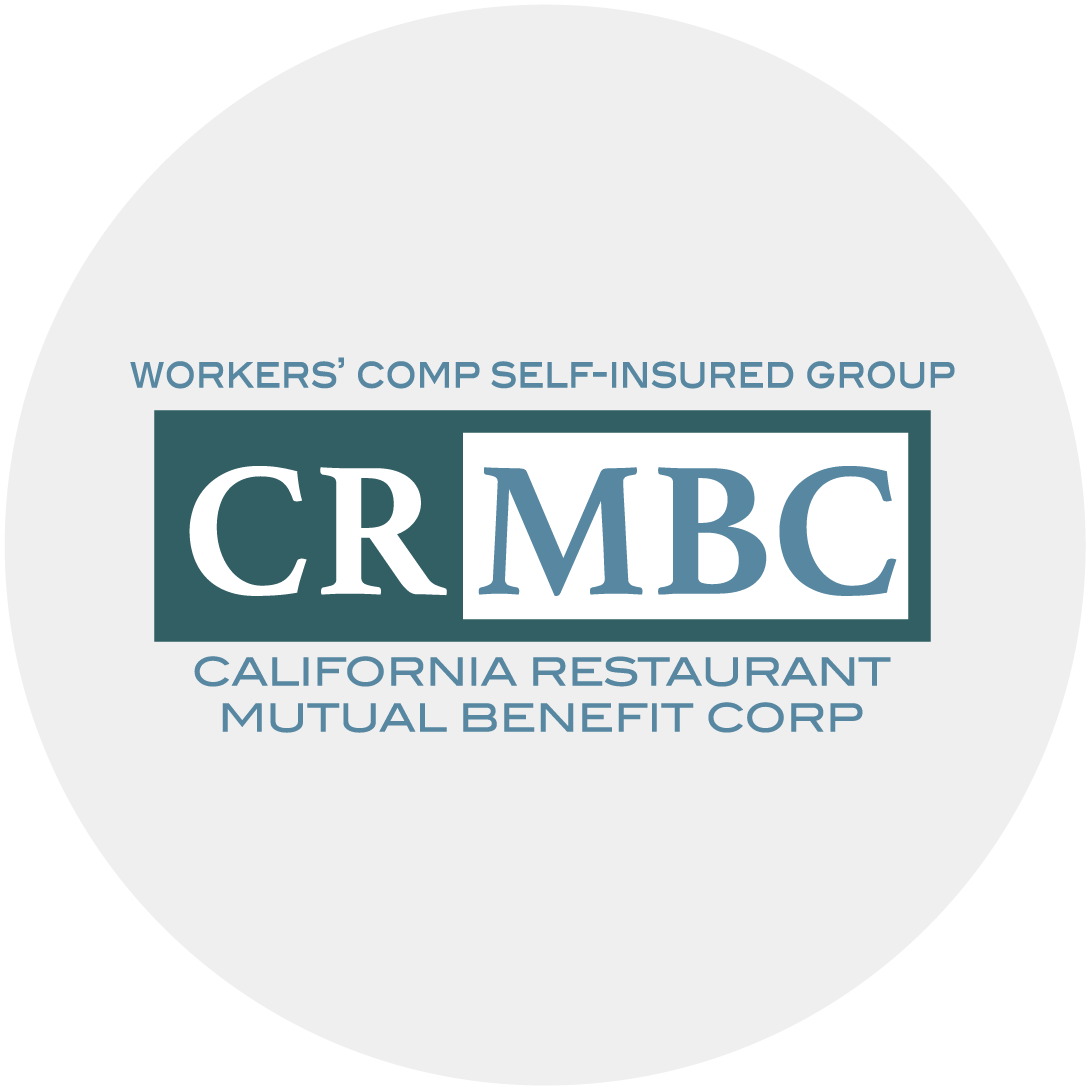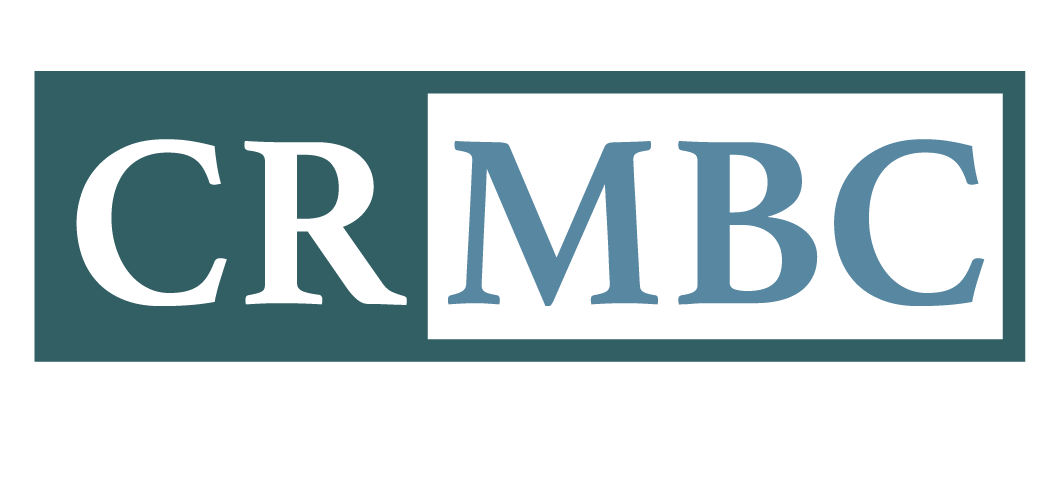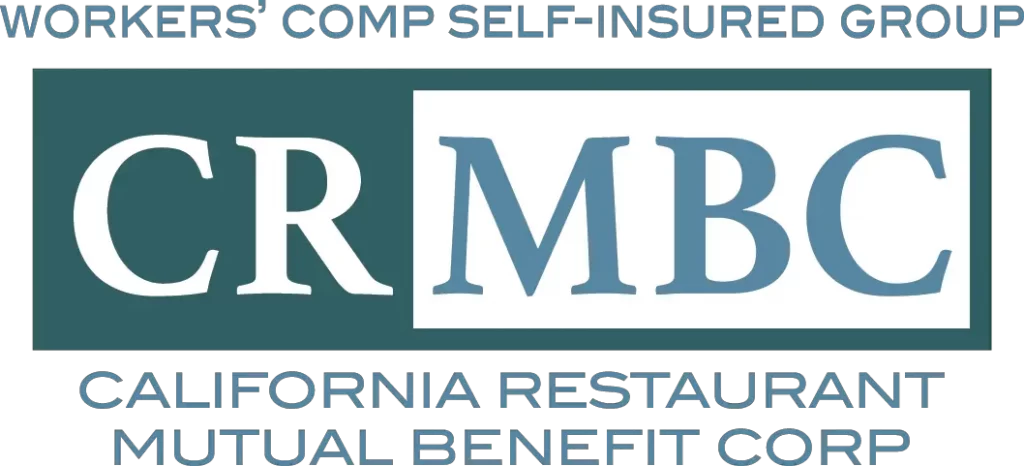Did you know that over 3/4 of small businesses are overpaying for their workers’ compensation coverage? Controlling costs is the name of the game in the restaurant industry, and one line item that most restaurant owners don’t realize they can drastically impact is their work comp spend.
Carrying worker’s compensation is mandatory, and most business owners simply follow their broker’s advice or seek the lowest rate when they are making their coverage decisions. The purpose of this article is to show you that you may actually have more choices than you realize.
Traditional Insurance Explained
Traditional insurance is like a casino: The House Always Wins. When you gamble at a casino, you may win here or there, but the odds are carefully calculated to ensure that the house will profit over time regardless of your individual outcomes. This is because of the mathematical advantages the casino builds into the game, and the more people gamble, the more the casino profits.
This is precisely how commercial insurance works. The primary objective of commercial insurance companies is to generate profits for its shareholders. This is accomplished by collecting premiums from policyholders, then investing those premiums to earn the highest returns possible. The overall revenue generated will exceed the amount of money paid for claims and spent on overhead. The more insureds they sign up, the higher their profits.
To put this in even more perspective, the traditional insurance company is going to profit even after covering its overhead costs. Think for a minute about what is included in “overhead” for a large commercial carrier: a skyscraper in the financial district, naming rights on a baseball stadium, a Superbowl commercial. We are talking about massive amounts of money spent on things that don’t have anything to do with the member’s business or interests.
An Alternative to Traditional Insurance
Many small and medium-sized business owners may not be aware that there exists a viable alternative to traditional insurance. You’ve likely heard of one such option: “self-insurance.”
This concept essentially involves setting aside funds to cover your own insurance claims (although it’s notably more complex than this simplistic definition). However, when contemplating self-insurance, most individuals tend to associate it with large conglomerates such as Disney or Wal-Mart – entities with substantial financial resources that enable them to earmark funds for claims and withstand significant losses.
These corporate giants opt for self-insurance due to its strong financial rationale. Why divert funds to finance the opulent offices of insurance executives when you can effectively manage your capital within one of the world’s most profitable financial structures? The insurance industry consistently ranks among the most financially rewarding sectors. Larger companies recognize this and possess the necessary resources to establish their self-insurance programs. But what about smaller businesses?
Introducing Self-Insured Groups (SIGs)
Self-Insured Groups, or SIGs, represent a collective of businesses within the same industry who pool their resources to self-insure against various risks, such as workers’ compensation or health insurance. In this collaborative arrangement, each member contributes to a shared fund responsible for covering the group’s insurance claims, administrative costs, and other relevant expenses.
What sets SIGs apart is their origins: they’re established by business owners, for business owners. In a SIG, you are an owner of the group, granting you a more influential role in the handling of claims, the management of funds, and the distribution of profits.
To offer a contrasting perspective, let’s consider the issue of rising insurance rates after a poor business year. While traditional insurance tends to increase rates after such an occurrence, SIGs offer a different experience. Within a SIG, you have direct access to the board, administrators, and underwriters. This allows you to collaborate on rate adjustments and participate in the decision-making processes. This level of control and engagement simply doesn’t exist in traditional insurance.
Key Characteristics of SIGs:
- Risk Sharing: Members pool their resources to collectively cover the costs of insurance claims, effectively distributing the risk and reducing the financial impact on individual participants when significant claims arise.
- Customization: SIGs have the flexibility to design insurance plans tailored to their unique needs and specific requirements. This customization can lead to more cost-effective coverage.
- Cost Control: By managing their insurance claims and administrative processes, SIGs can exercise direct control over their insurance program’s expenses.
- Savings Potential: Depending on the group’s claims experience, self-insured arrangements can potentially lead to cost savings compared to purchasing traditional insurance policies.
- Regulation: Self-insured groups are subject to certain regulations and oversight to ensure that they have the financial stability to cover their potential claims.
- Third-Party Administrators (TPAs): Self-insured groups work with third-party administrators who handle claims processing, payment, and other administrative tasks on behalf of the group.
It’s important to note that self-insured groups aren’t for everyone. While traditional insurance policies have been the norm for many business owners, SIGs present a compelling alternative with numerous advantages. From potential cost savings to tailored risk management, greater control, and increased participation, SIGs empower businesses to take charge of their workers compensation spend.
As the business landscape continues to evolve, exploring the benefits of SIGs can lead to more effective risk management strategies and a brighter financial outlook for your business. But perhaps the most compelling case for self-insurance is that self-insured employers have enjoyed stable rates for more than a century, regardless of the economy or market volatility.
California Restaurant Mutual Benefit Corp (CRMBC)
California Restaurant Mutual Benefit Corp (CRMBC) is California’s exclusive self-insured group (SIG) established by restaurant owners, for restaurant owners. Over two decades ago, a safety-conscious collective of operators joined forces to self-insure their workers’ compensation through CRMBC, seeking greater control, improved claims outcomes, and cost savings compared to traditional insurance.
CRMBC’s journey is a compelling one, as it turned a large deficit into a remarkable turnaround story that includes raising $100 million in capital and instituting a litany of cost-cutting measures, stringent financial controls and a complete overhaul of claims management and loss control. These efforts have culminated in CRMBC reporting a $20M member equity in 2022. Notably, CRMBC successfully completed two loss portfolio transfers for older accident years wiping out older liabilities and eliminating the risk of future assessments for those years. In December 2022, CRMBC returned $6M in surplus funds back to eligible members and is now proud to report new leadership, a new Administrator, and a board comprised of leaders in the California restaurant industry.

Discover CRMBC’s expertise in workers’ compensation for California restaurants, featuring valuable insights, updates, and strategies for industry success.








